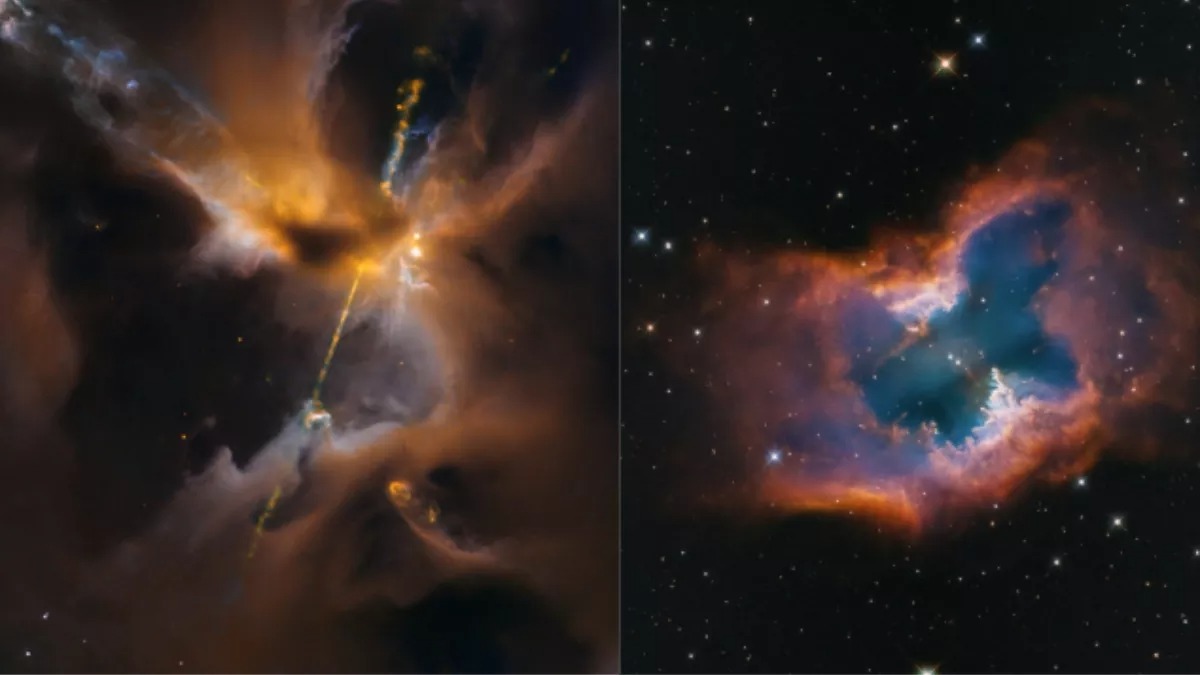
On the occasion of the 35th anniversary of the Hubble Space Telescope, NASA has released some very spectacular and high-definition (HD) pictures, which give a glimpse of the planets of our solar system to distant galaxies. "Hubble opened a new window into the universe 35 years ago," said Sean Domagal-Goldman, acting director of the Astrophysics Division at NASA Headquarters. "Its amazing images have inspired people around the world, and the data have revealed surprising mysteries about everything from the earliest galaxies to the planets in our solar system."
Hubble continues to work
"Its being active today demonstrates the usefulness of our flagship observatory missions. It also provides us with inspiration and technical lessons for the future 'Habitable Worlds Observatory' project," added Sean Domagal-Goldman.
Mars seen in blue
The first image released by NASA shows Mars in an unusual blue color. This picture was taken in late December 2024, in which thin clouds can also be seen due to Hubble's ultraviolet capability.
The second image shows a beautiful planetary nebula NGC 2899. NASA explained that this shape is created by radiation and stellar winds emanating from a dying white dwarf star.
A glimpse of the grim and mysterious Rosette Nebula
The third image shows a portion of the Rosette Nebula, in which dark clouds of dust and hydrogen gas can be prominently seen.
Galaxy NGC 5335
The fourth and final image captures the galaxy NGC 5335, which is depicted as a flocculent spiral galaxy. A clear bar can be seen in its center.
What is the Hubble Space Telescope
The Hubble telescope was launched on April 24, 1990 and has been operating continuously in low-Earth orbit since then. It was built and named after the famous astronomer Edwin Hubble and has the ability to measure ultraviolet, visible and near-infrared light.
According to NASA, Hubble has so far made about 1.7 million observations and studied more than 55 thousand astronomical targets.
Read More: YouTube bans reality show Love Island in Pakistan after controversy erupts
--Advertisement--

 Share
Share



